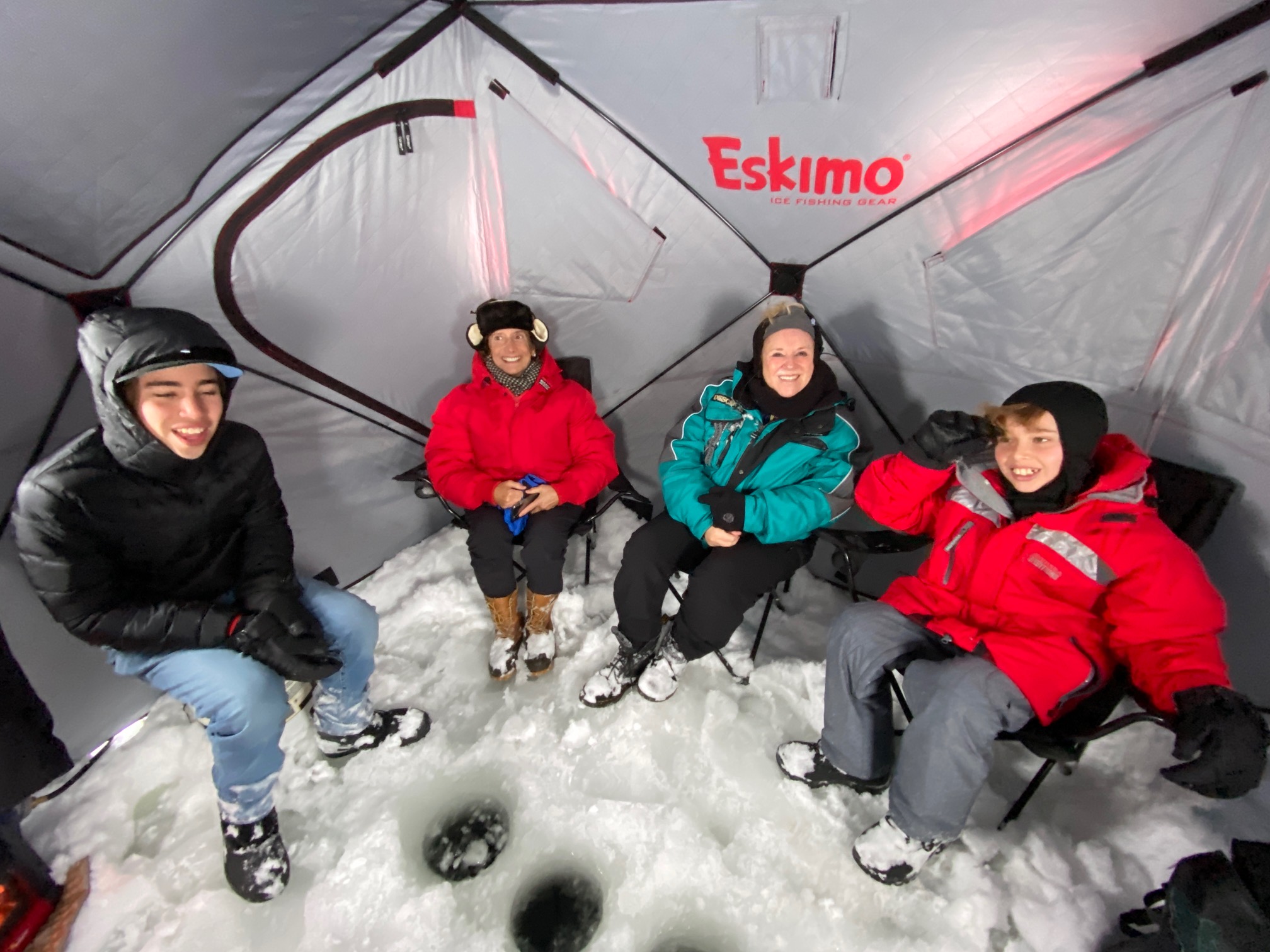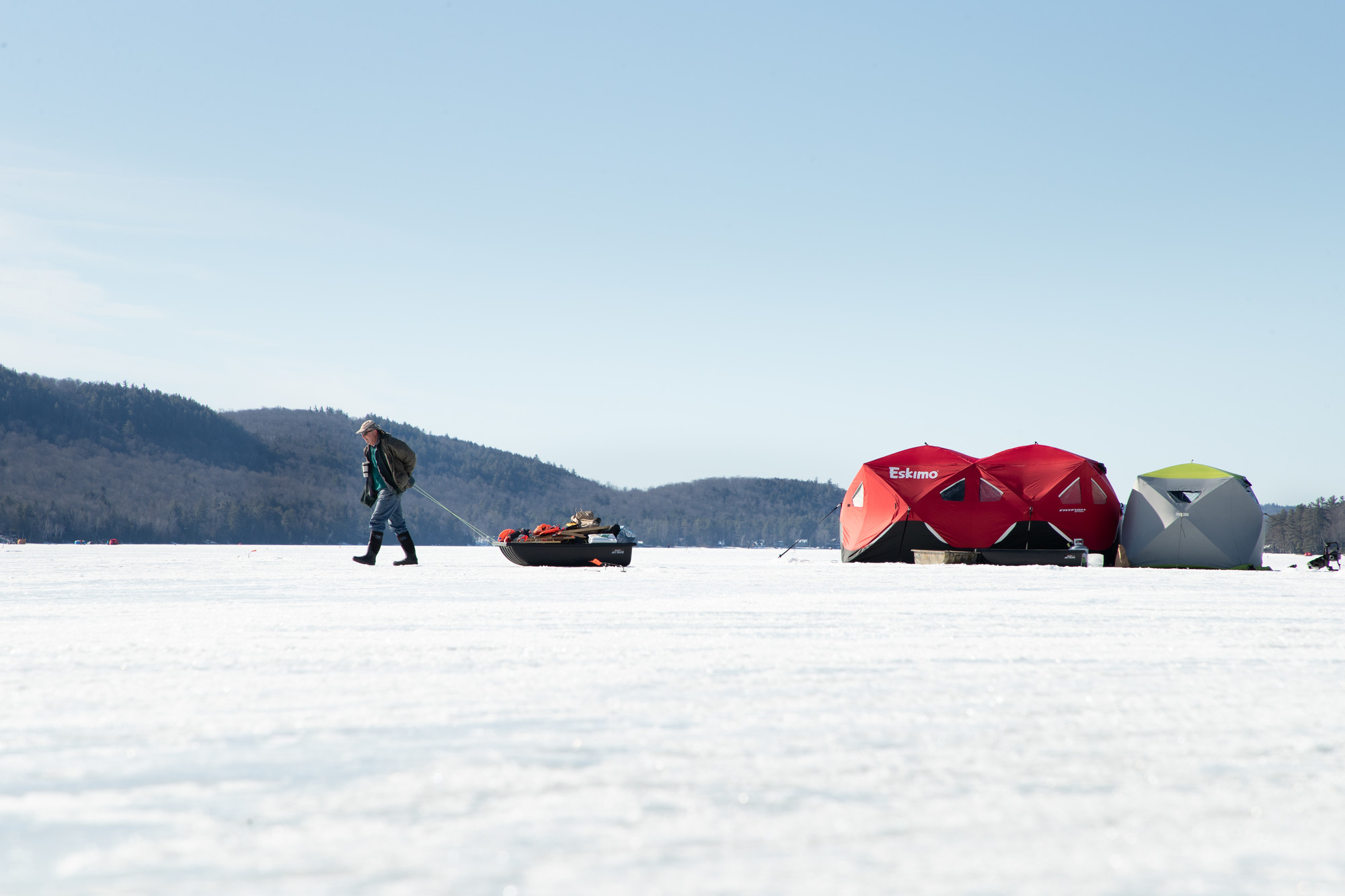
From the time I learned to walk, my parents planted a seed of terror in my mind. Every frozen pond, lake, and river triggered instant fear. They left me quaking in my infant-sized, Spiderman-themed snow boots. Ice fishing was never in the question.
Sure, I’d skate on the shallow side of ponds or wander out a few feet, but, other than that, my mind was set. Why would you ever need to go further than that? This was the case until I met Evan Bottcher, co-owner and fishing guide, of the Hungry Trout in Wilmington, New York. He talked about the hard waters of the North Country in a different way — a more charming way. Don’t get me wrong. At first glance, there’s nothing glamorous about shivering over a hole in the ice. There is, however, something appealing about finding comfort in the harsh winter weather.
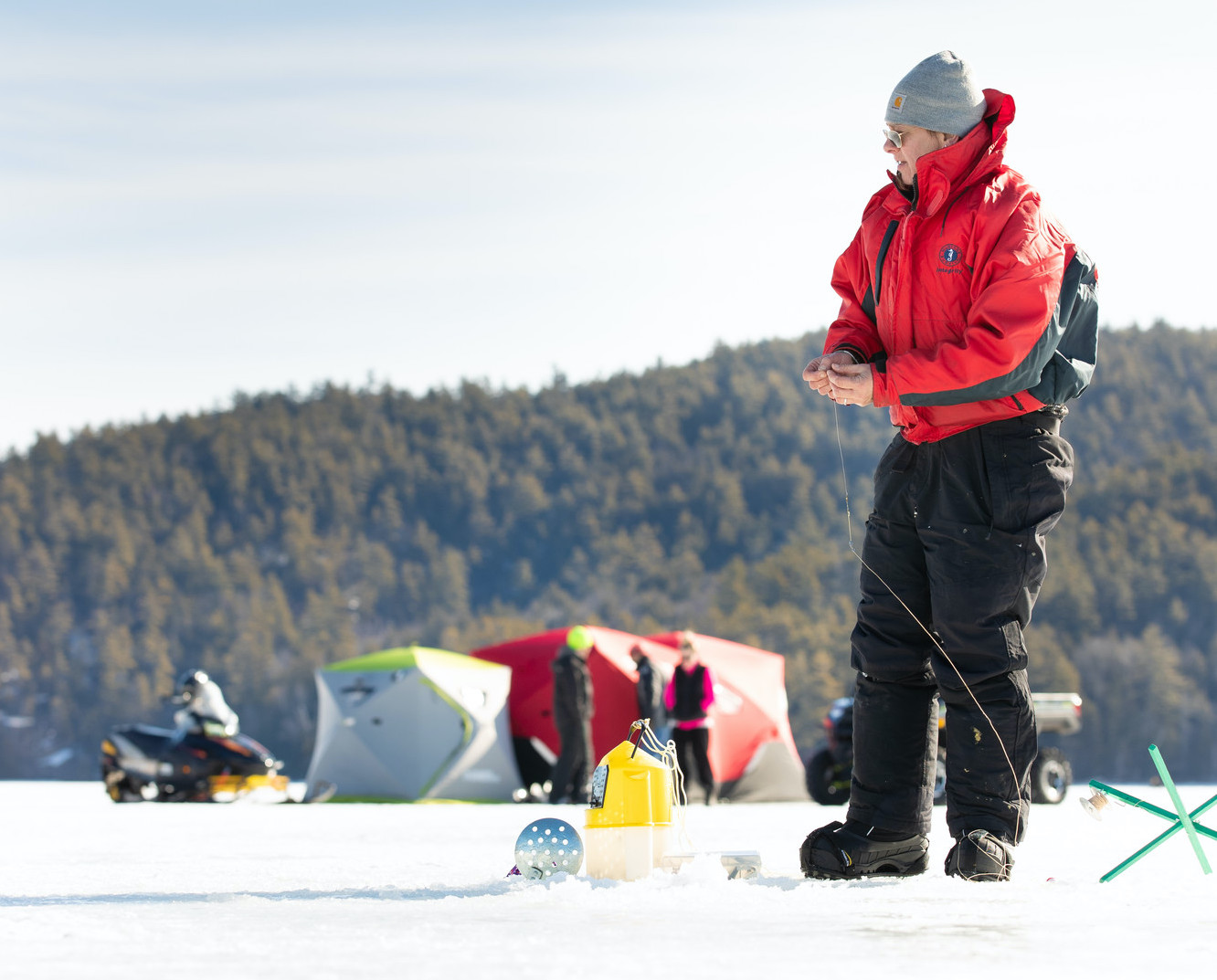
In the words of Bottcher’s fellow guide and angler, Rachel Finn, “It’s all about the hang.” Sitting back, staying warm, bringing a book to read or a drink to share: there’s nothing better than good friends out on the ice. Think hanging around the campfire, just colder and without the flames. Bottcher made it clear that the fish are just a bonus. The main goal is having a good time and learning more about the bodies of water that you are spending time on.
Often that knowledge forms from following an ecosystem through the seasons, learning its individual parts. Whether it’s a deeper understanding of the fish, the plants, or the oxygen in the water, ice fishing can bring about a truer appreciation for the sport.
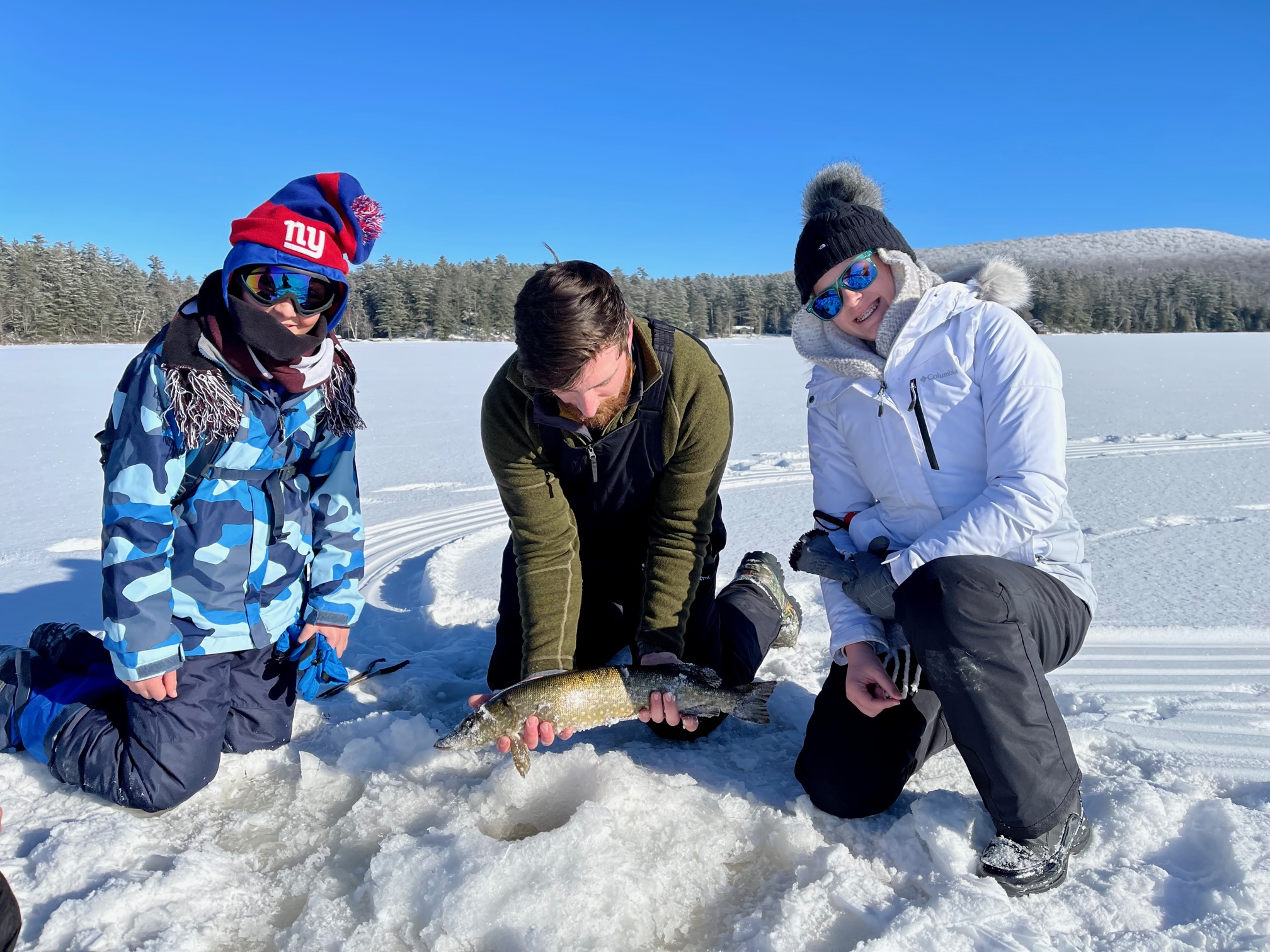
So, what do you need to go ice fishing?
The answer: not much!
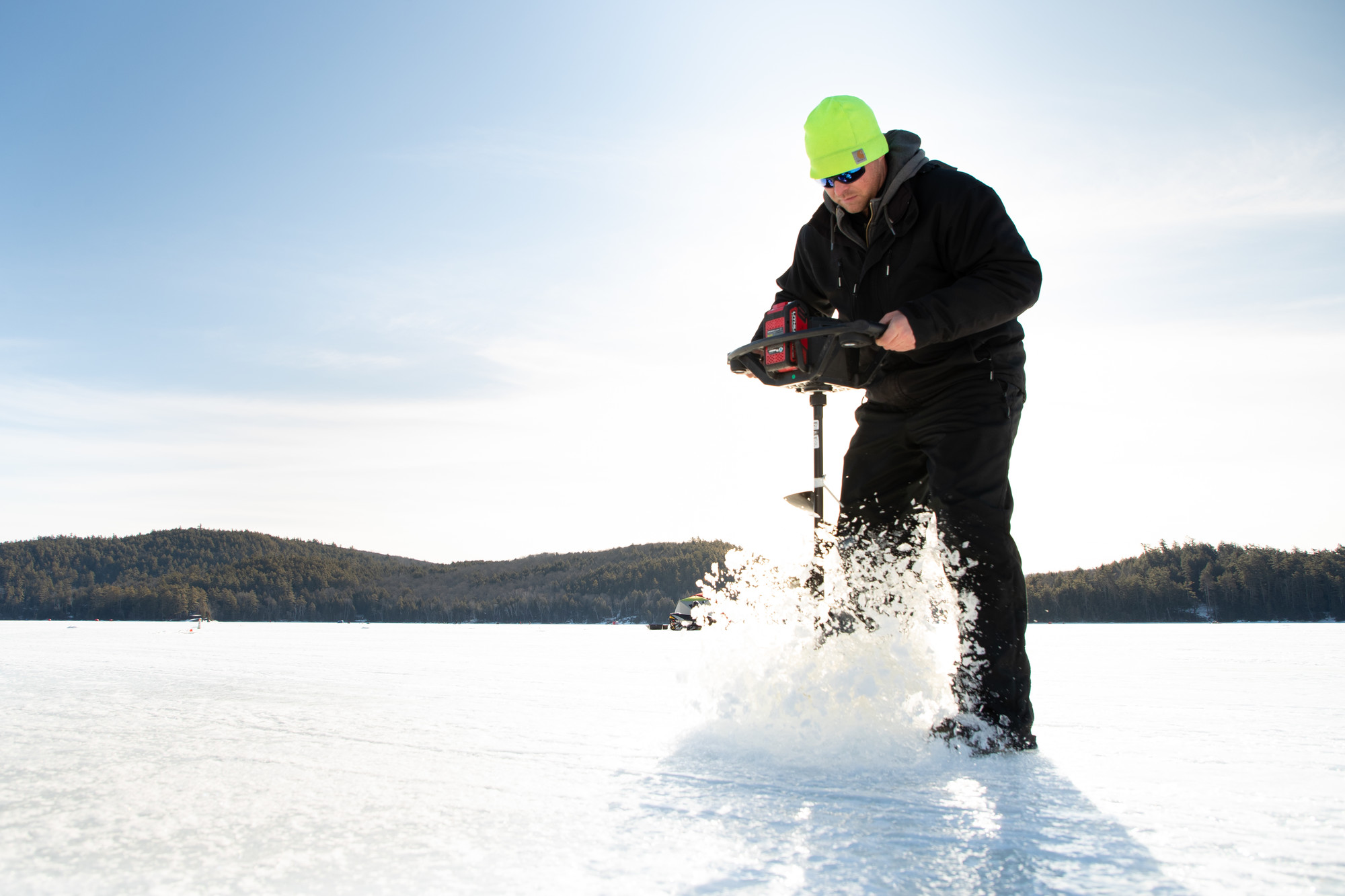
No gear
To start, you don’t need to invest in your own gear until you’re sure you enjoy sitting on a frozen lake all day. The Hungry Trout provides its clients with top-of-the-line cameras (to see what's under the ice!), fish finders, shanties, and augers to make sure you’re having the best experience possible. Bottcher assured me that the only responsibility of the client was to dress warm and wear some waterproof boots. Dress like you’re heading out for a day of skiing.
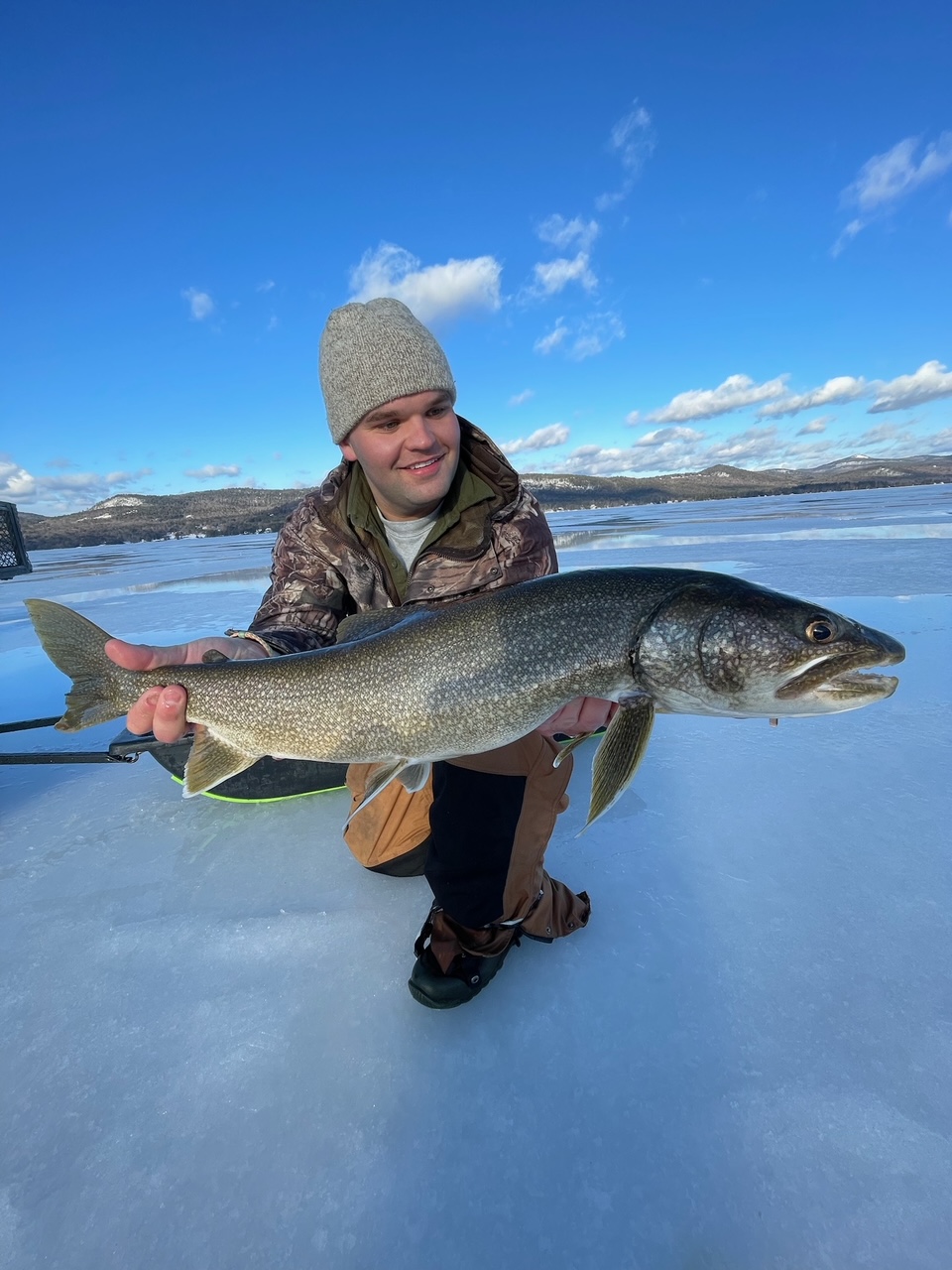
No fear
The best way for new anglers to try out ice fishing is to go with a guide. Sure, horror stories of cracking ice put the fear of God in me, but with the help of paid professionals, it’s really safe. At any point, you’ll have over a foot of ice under your feet. People like Evan Bottcher and the guides at the Hungry Trout know exactly where to go and how to do it safely.
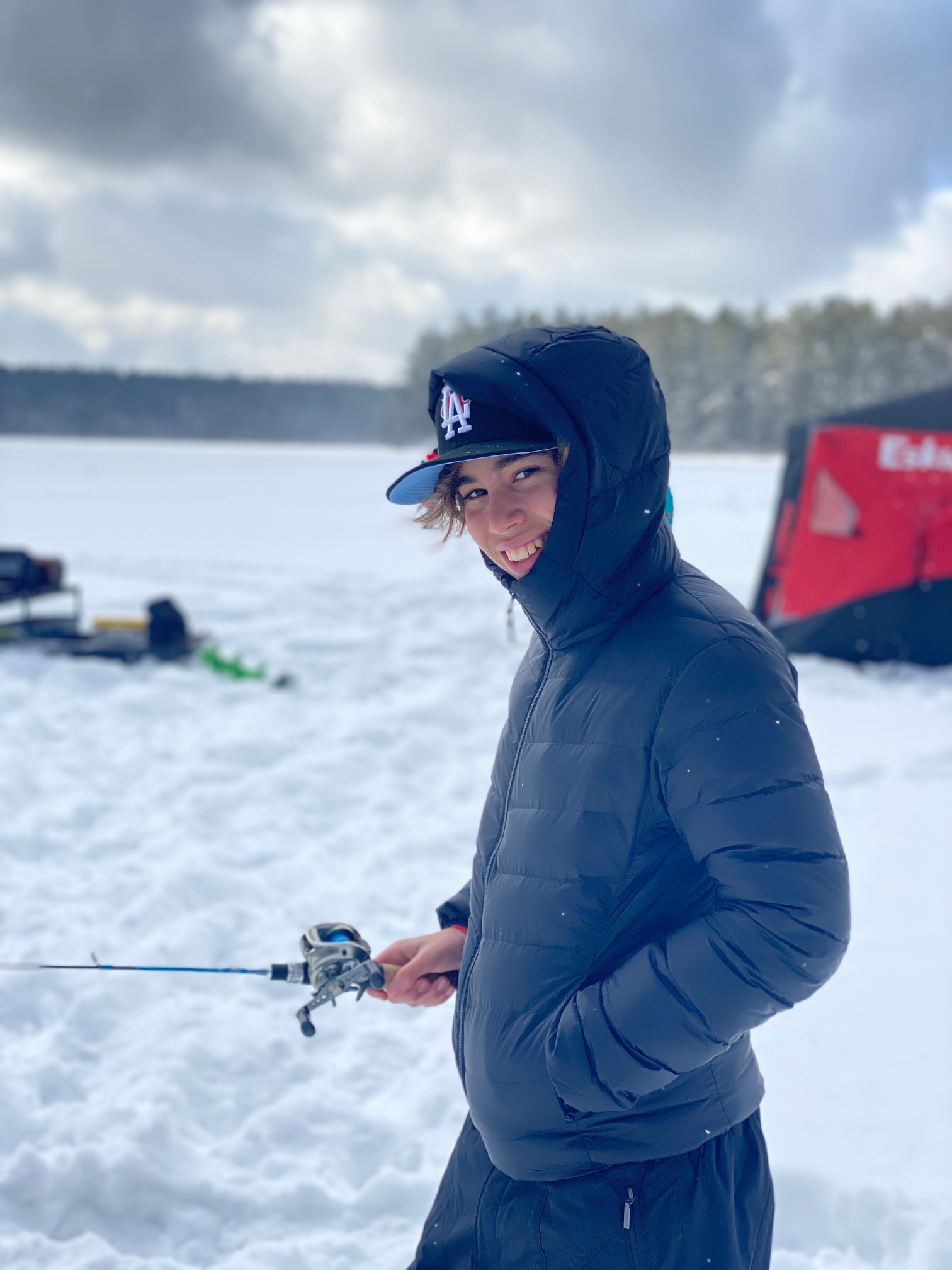
No problem
They’ve got the gear, they’ve got the safety measures, and they’ve got the knowledge. With each season, the fish, and the bodies of water they swim in, change their habits. Professional guides have the forethought and experience to understand these changes. Pike will follow the oxygen rich water as it changes its location throughout the year, meaning those fish won’t be in the same place you caught them just a few weeks prior. But all of this is the guide’s job. All you have to do is relax, and have some fun.
Keeping the sport alive
The goal for Bottcher and his guides is to facilitate new experiences. By taking fresh anglers out on the ice, they pass on the appreciation for both the sport and the ecosystem that supports it. Catching fish is nice, but understanding the craft, and being able to see that same fish population in spring is crucial to the continued enjoyment of the sport. That’s why the Hungry Trout is one of the few year-round guide services dedicated to educating their clients about those resources.
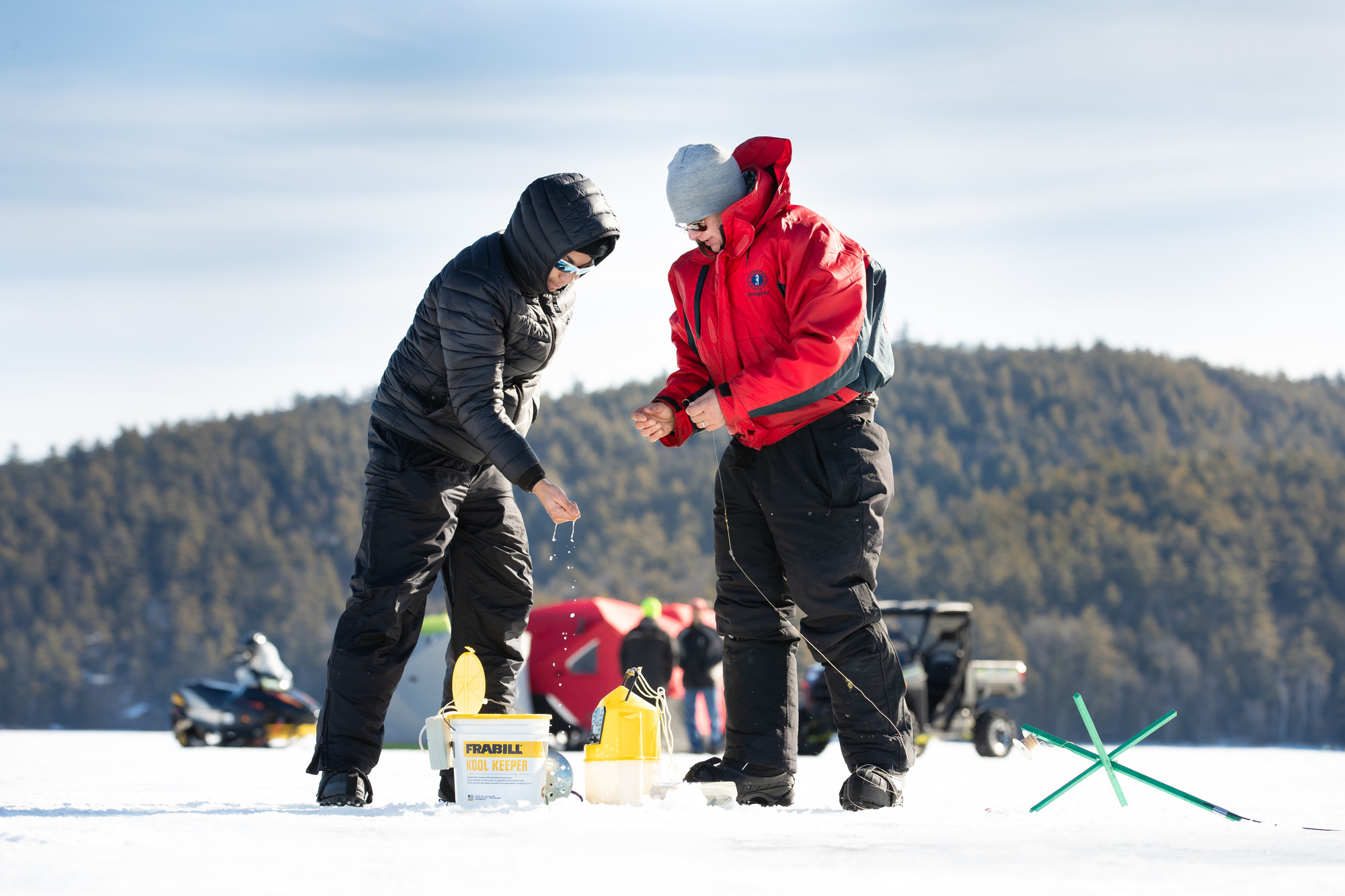
You’re just a cast away
Colliding with the banks of the Ausable River, Whiteface Mountain rises tall above the foothills that surround it. This is the home of the Hungry Trout and the beginning of your next ice fishing adventure. So plan a getaway, and get closer to the lakes, ponds, and rivers of the Adirondacks. Stay, grab a warm drink, and get comfy. As they say: “it’s all about the hang.”

